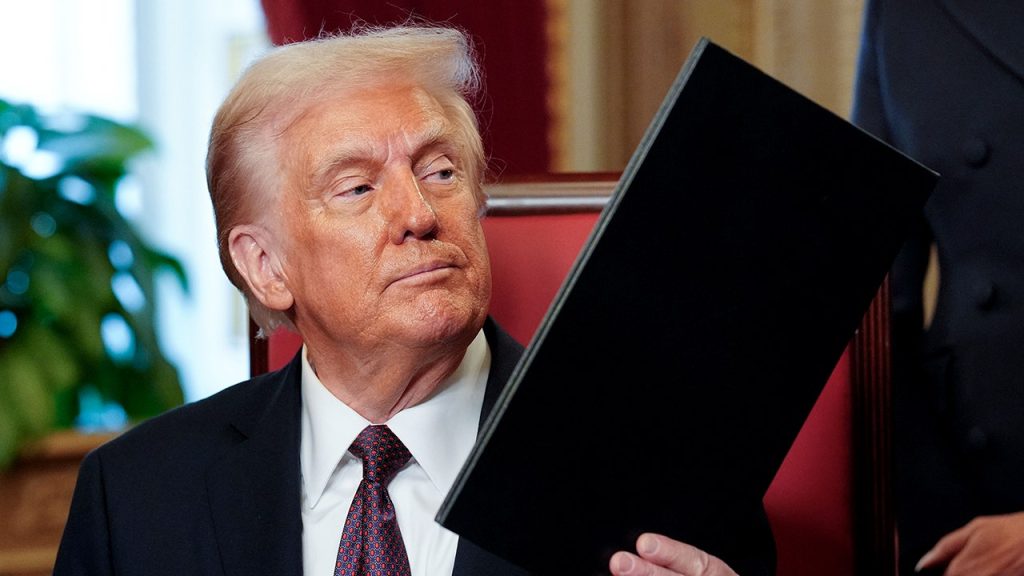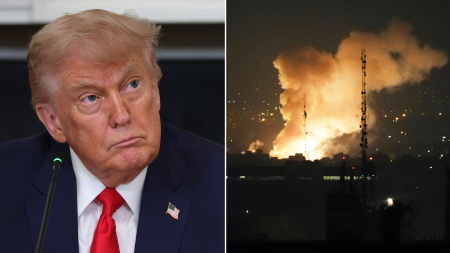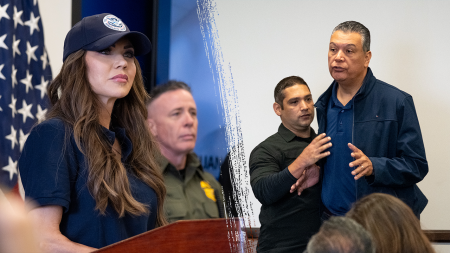Paragraph 1: The New Mandate and its Implications
President Donald Trump’s administration initiated a significant shift in federal workplace policy, mandating a return to in-person work for the vast majority of federal employees by early February. This directive, announced on Wednesday, marks a decisive move against remote work arrangements that had become prevalent during the pandemic. The administration coupled this mandate with an offer of buyouts for employees unwilling to comply, signaling a strong intent to reshape the federal workforce. The Office of Personnel Management (OPM) communicated the new policy to approximately two million federal employees, setting a deadline of February 6th for them to decide whether to accept the buyout offer or return to the office. This move indicates a substantial policy shift, potentially leading to a smaller and, as the administration asserts, more efficient federal government.
Paragraph 2: The Buyout Offer and Its Terms
The buyout offer presented to federal employees functions as a "deferred resignation program," allowing employees to retain their pay and benefits until September 30, 2025, regardless of their workload. Crucially, those opting for the buyout would be exempt from the in-person work requirement. This arrangement aims to provide a "dignified, fair departure" for those who prefer not to return to a traditional office setting. While financially incentivizing departure, the program raises questions about potential expertise loss and disruption to ongoing projects within various federal agencies. The administration anticipates significant uptake of the buyout, anticipating a reduction in the federal workforce as a result.
Paragraph 3: President Trump’s Justification and Concerns
President Trump justified the mandate by emphasizing the need for increased efficiency and a reduced federal government size, goals long sought by various administrations. He expressed a belief that a substantial number of employees would opt for the buyout, leading to a leaner workforce. However, the President also raised concerns regarding potential misuse of remote work arrangements, suggesting the possibility of employees holding other jobs concurrently. This suspicion adds a layer of complexity to the policy shift, potentially leading to investigations into employees’ activities during the remote work period.
Paragraph 4: Scrutiny and Potential Investigations
The administration’s concern about potential dual employment during the remote work period introduces the possibility of requiring employees to "prove" they were not engaged in other jobs. This prospect raises legal and logistical challenges, particularly given the significant number of Americans holding multiple jobs. According to the Bureau of Labor Statistics, approximately 5.2% of the U.S. workforce, or 8.6 million individuals, engage in multiple employment arrangements. Implementing such investigations would present significant administrative hurdles and could lead to disputes regarding privacy and employment rights. Furthermore, the feasibility of accurately determining the extent of dual employment during the remote work period remains uncertain.
Paragraph 5: Impact on the Federal Workforce and Government Operations
The new policy has the potential to significantly reshape the federal workforce. While the administration predicts increased efficiency due to a smaller government, the departure of experienced employees through buyouts could also lead to knowledge gaps and disruptions in various agencies. The transition back to in-person work may also create logistical challenges, especially concerning office space and resource allocation. Furthermore, the potential for investigations into dual employment could create a climate of distrust and uncertainty within the federal workforce.
Paragraph 6: Broader Implications and Future Considerations
The policy shift reflects a larger debate regarding the future of work, especially within the government sector. The pandemic accelerated the adoption of remote work, raising questions about the long-term role of traditional office spaces and the effectiveness of remote work arrangements. The administration’s decision to reverse course and prioritize in-person work represents a significant departure from this trend and sets a precedent for other government agencies and private sector organizations. The long-term consequences of this policy change, both for the federal government and the broader workforce, remain to be seen. The impact on employee morale, productivity, and the effectiveness of government operations will require ongoing evaluation and analysis.










